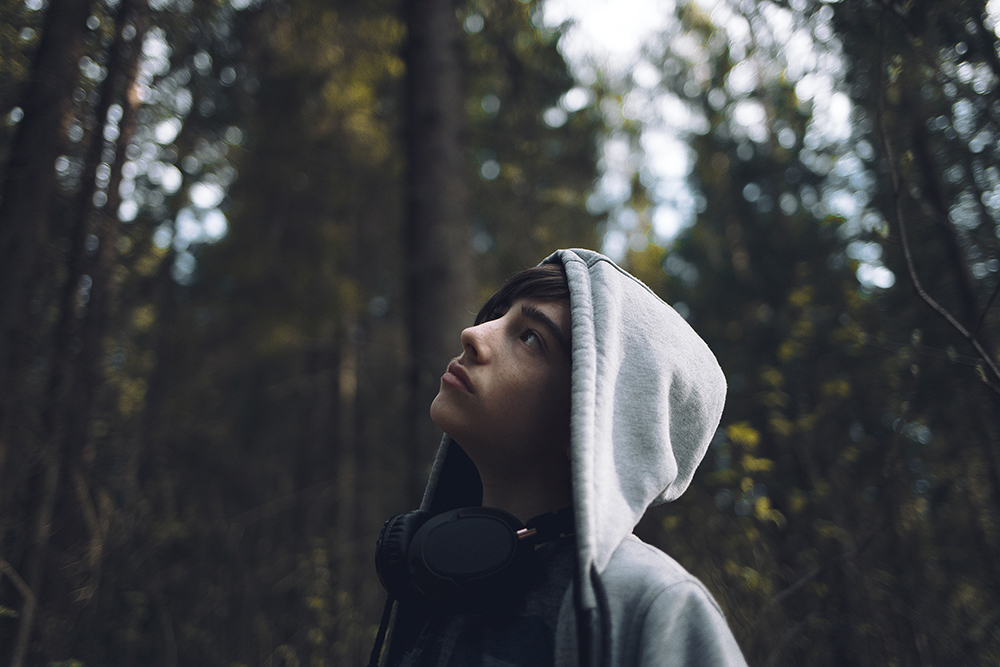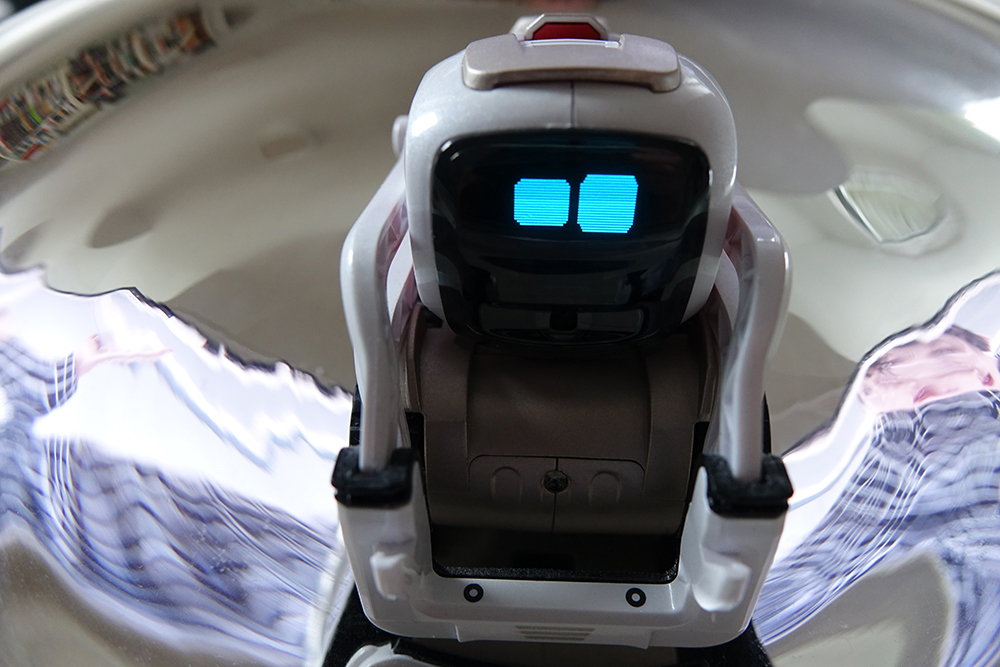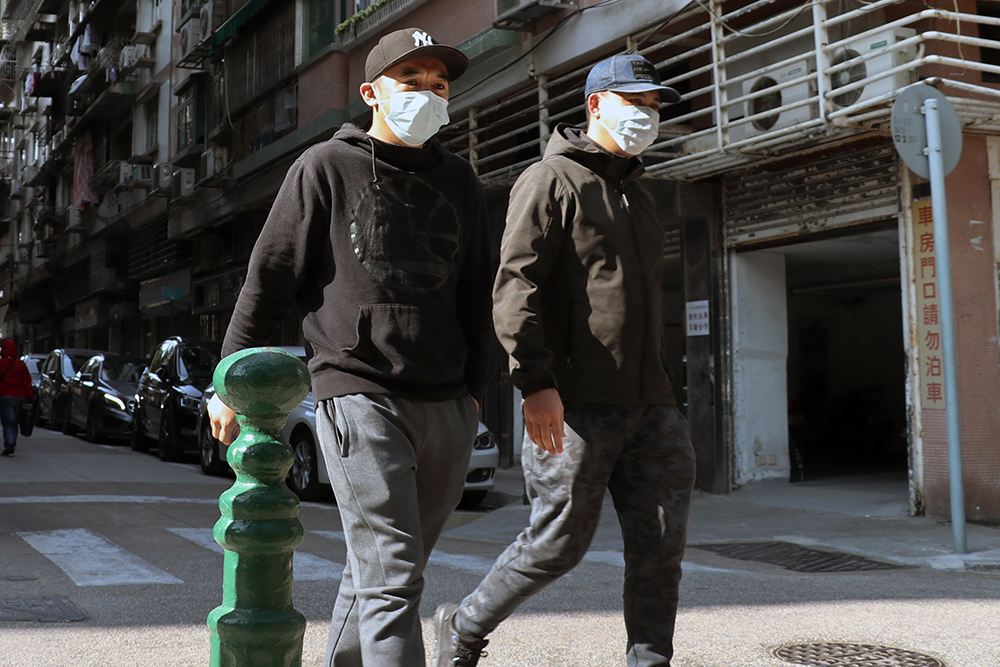Flash Forest, a Canadian start-up, plans to plant 40,000 trees in the north of Toronto within a few days. It uses drones, i.e. technology that also plays a role in detecting and fighting forest fires. By 2028, it aims to have planted a full 1 billion trees. “The company, like a handful of other startups that are also using tree-planting drones, believes that technology can help the world reach ambitious goals to restore forests to stem biodiversity loss and fight climate change. The Intergovernmental Panel on Climate Change says that it’s necessary to plant 1 billion hectares of trees – a forest roughly the size of the entire United States – to limit global warming to 1.5 degrees Celsius.” (Fast Company, 15 May 2020) It is without doubt a good idea to use drones for planting. But you have to remember that unmanned aerial vehicles (UAV) of this type have a bad energy balance. Above all, however, birds and other creatures must not be frightened away and must not be hurt (see, e.g., this article). In this context, insights from animal-machine interaction and machine ethics can be used.
A Robot Enforces Social Distancing
According to Gizmodo, a robot from Boston Dynamics has been deployed to a park in Singapore to remind people they should follow social distancing guidelines during the pandemic. Spot is not designed as a security robot, like the K5 or the K3 from Knightscope. But it has other qualities: it can walk on four legs and is very fast. The machine, which was set loose on 8 May 2020 in Bishan-Ang Mo Kio Park, “broadcasts a message reminding visitors they need to stay away from other humans, as covid-19 poses a very serious threat to our health”. It “was made available for purchase by businesses and governments last year and has specially designed cameras to make sure it doesn’t run into things.” (Gizmodo, 8 May 2020) According to a press release from Singapore’s GovTech agency, the cameras will not be able to track or recognize specific individuals, “and no personal data will be collected” (Gizmodo, 8 May 2020). COVID-19 demonstrates that digitization and technologization can be helpful in crises and disasters. Service robots such as security robots, transport robots, care robots and disinfection robots are in increasing demand.
From Cozmo to Moxie
In 2016, the roboticist Maja Matarić founded Embodied, together with Paolo Pirjanian, former CTO of iRobot. In April 2020, the company started accepting preorders for Moxie, its first social robot. “Whereas other companion robots like the household assistant Jibo or Paro the robotic seal are designed for adults or the elderly, Moxie is built to foster social, cognitive, and emotional development in children. These are skills that are typically imparted to kids by their parents, teachers, and other adults, but Pirjanian noticed that many families want some extra help.” (Wired, 30 April 2020) According to the company, weekly themes and missions with Moxie explore human experiences, ideas, and life skills like kindness, empathy, and respect. Showing emotions is an important skill of social robots. SoftBank has created a model example with Pepper. Cozmo by Anki – currently not available – can also show emotions, even a multitude. And both Pepper and Cozmo create emotions in the user. Cozmo and Moxie have something in common, namely an effort of Pixar: “Taking a page from Anki’s Cozmo playbook, the company has enlisted the help of employees from Pixar and Jim Henson to flesh out the real-world robotic character. At first glance, the results are plenty impressive.” (TechCrunch, 4 May 2020)
Online Survey on Hugs by Robots
Embraces by robots are possible if they have two arms, such as Pepper and P-Care, restricted also with one arm. However, the hugs and touches feel different to those made by humans. When one uses warmth and softness, like in the HuggieBot project, the effect improves, but is still not the same. In hugs it is important that another person hugs us (hugging ourselves is totally different), and that this person is in a certain relationship to us. He or she may be strange to us, but there must be trust or desire. Whether this is the case with a robot must be assessed on a case-by-case basis. A multi-stage HUGGIE project is currently underway at the School of Business FHNW under the supervision of Prof. Dr. Oliver Bendel. Ümmühan Korucu and Leonie Brogle started with an online survey that targets the entire German-speaking world. The aim is to gain insights into how people of all ages and sexes judge a hug by a robot. In crises and catastrophes involving prolonged isolation, such as the COVID 19 pandemic, proxy hugs of this kind could well play a role. Prisons and longer journeys through space are also possible fields of applications. Click here for the survey (only in German): ww3.unipark.de/uc/HUGGIE/ …
Care Robots in Practice
The paper “Co-Robots as Care Robots” by Oliver Bendel, Alina Gasser and Joel Siebenmann, accepted at the AAAI 2020 Spring Symposium “Applied AI in Healthcare: Safety, Community, and the Environment”, can be accessed via arxiv.org/abs/2004.04374. From the abstract: “Cooperation and collaboration robots, co-robots or cobots for short, are an integral part of factories. For example, they work closely with the fitters in the automotive sector, and everyone does what they do best. However, the novel robots are not only relevant in production and logistics, but also in the service sector, especially where proximity between them and the users is desired or unavoidable. For decades, individual solutions of a very different kind have been developed in care. Now experts are increasingly relying on co-robots and teaching them the special tasks that are involved in care or therapy. This article presents the advantages, but also the disadvantages of co-robots in care and support, and provides information with regard to human-robot interaction and communication. The article is based on a model that has already been tested in various nursing and retirement homes, namely Lio from F&P Robotics, and uses results from accompanying studies. The authors can show that co-robots are ideal for care and support in many ways. Of course, it is also important to consider a few points in order to guarantee functionality and acceptance.” Due to the outbreak of the COVID-19 pandemic, the physical meeting to be held at Stanford University was postponed. It will take place in November 2020 in Washington (AAAI 2020 Fall Symposium Series).
Imitating the Agile Locomotion Skills of Four-legged Animals
Imitating the agile locomotion skills of animals has been a longstanding challenge in robotics. Manually-designed controllers have been able to reproduce many complex behaviors, but building such controllers is time-consuming and difficult. According to Xue Bin Peng (Google Research and University of California, Berkeley) and his co-authors, reinforcement learning provides an interesting alternative for automating the manual effort involved in the development of controllers. In their work, they present “an imitation learning system that enables legged robots to learn agile locomotion skills by imitating real-world animals” (Xue Bin Peng et al. 2020). They show “that by leveraging reference motion data, a single learning-based approach is able to automatically synthesize controllers for a diverse repertoire behaviors for legged robots” (Xue Bin Peng et al. 2020). By incorporating sample efficient domain adaptation techniques into the training process, their system “is able to learn adaptive policies in simulation that can then be quickly adapted for real-world deployment” (Xue Bin Peng et al. 2020). For demonstration purposes, the scientists trained “a quadruped robot to perform a variety of agile behaviors ranging from different locomotion gaits to dynamic hops and turns” (Xue Bin Peng et al. 2020).
Cybathlon 2020 Postponed
Stanford University Must Stay in Bed
Stanford University announced that it would cancel in-person classes for the final two weeks of the winter quarter in response to the expanding outbreak of COVID-19. Even before that, the school had set its sights on larger events. These included the AAAI Spring Symposium Series, a legendary conference on artificial intelligence, which in recent years has also had a major impact on machine ethics and robot ethics or roboethics. The AAAI organization announced by email: “It is with regret that we must notify you of the cancellation of the physical meeting of the AAAI Spring Symposium at Stanford, March 23-25, due to the current situation surrounding the COVID-19 outbreak. Stanford has issued the following letter at news.stanford.edu/2020/03/03/message-campus-community-covid-19/, which strongly discourages and likely results in cancellation of any meeting with more than 150 participants.” What happens with the papers and talks is still unclear. Possibly they will be part of the AAAI Fall Symposium in Washington. The symposium “Applied AI in Healthcare: Safety, Community, and the Environment”, one of eight events, had to be cancelled as well – among other things, innovative approaches and technologies that are also relevant for crises and disasters such as COVID-19 would have been discussed there.
How to Use Service Robots in the Coronavirus Disease
COVID-19 demonstrates that digitization and technologization can be helpful in crises and disasters. In China, service robots deliver medicine and food in hospitals and quarantine stations, and drones track people without breathing masks. Those who has to stay at home can continue to perform their tasks and receive further training via a computer workstation and e-learning applications. Globalisation is a problem in the spread of the virus, but also a solution in combating it: research was immediately carried out worldwide on a drug against SARS-CoV-2. The use of robots and drones in China has been criticised for the loss of privacy. There was also criticism of the fact that the communist party and the media market the use of robots as a chinese success story, but that some of them originate from abroad. Well-known transport robots are, for example, from Starship Technologies and Savioke. Both companies are based in California.
Co-Robots as Care Robots
The paper “Co-Robots as Care Robots” by Oliver Bendel, Alina Gasser and Joel Siebenmann was accepted at the AAAI 2020 Spring Symposia. From the abstract: “Cooperation and collaboration robots, co-robots or cobots for short, are an integral part of factories. For example, they work closely with the fitters in the automotive sector, and everyone does what they do best. However, the novel robots are not only relevant in production and logistics, but also in the service sector, especially where proximity between them and the users is desired or unavoidable. For decades, individual solutions of a very different kind have been developed in care. Now experts are increasingly relying on co-robots and teaching them the special tasks that are involved in care or therapy. This article presents the advantages, but also the disadvantages of co-robots in care and support, and provides information with regard to human-robot interaction and communication. The article is based on a model that has already been tested in various nursing and retirement homes, namely Lio from F&P Robotics, and uses results from accompanying studies. The authors can show that co-robots are ideal for care and support in many ways. Of course, it is also important to consider a few points in order to guarantee functionality and acceptance.” The paper had been submitted to the symposium “Applied AI in Healthcare: Safety, Community, and the Environment”. Oliver Bendel will present the results at Stanford University between 23 and 25 March 2020.









